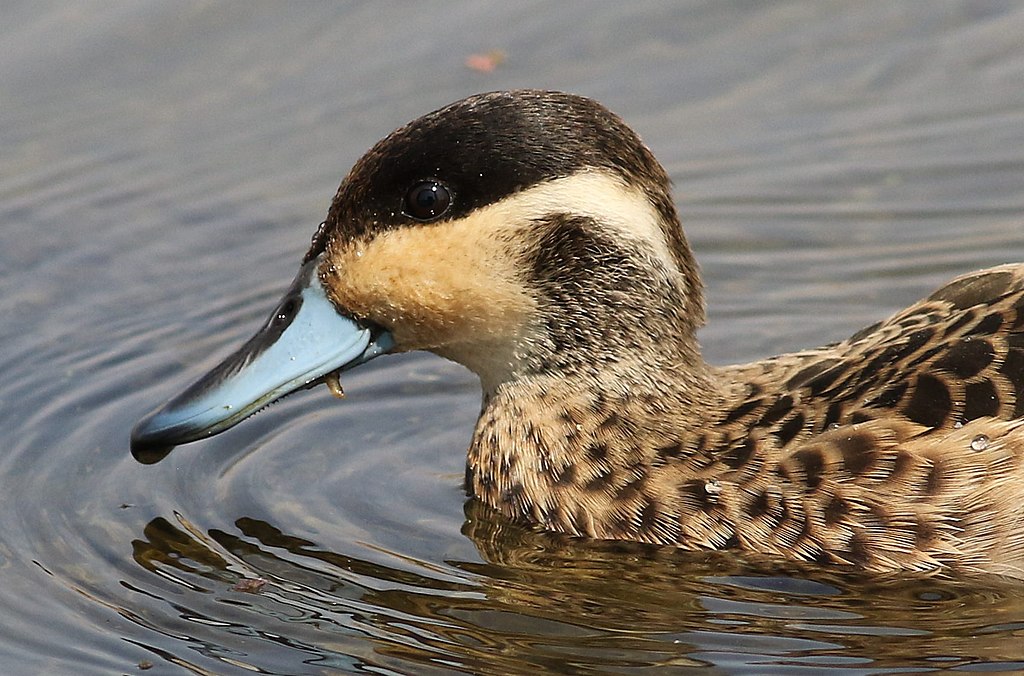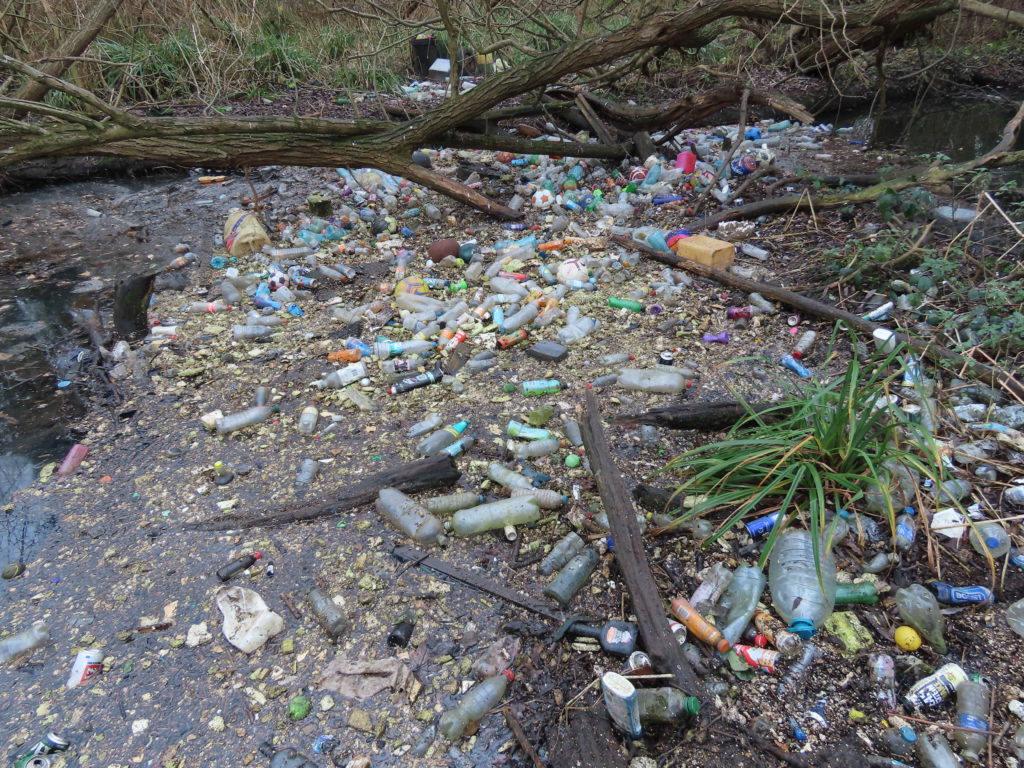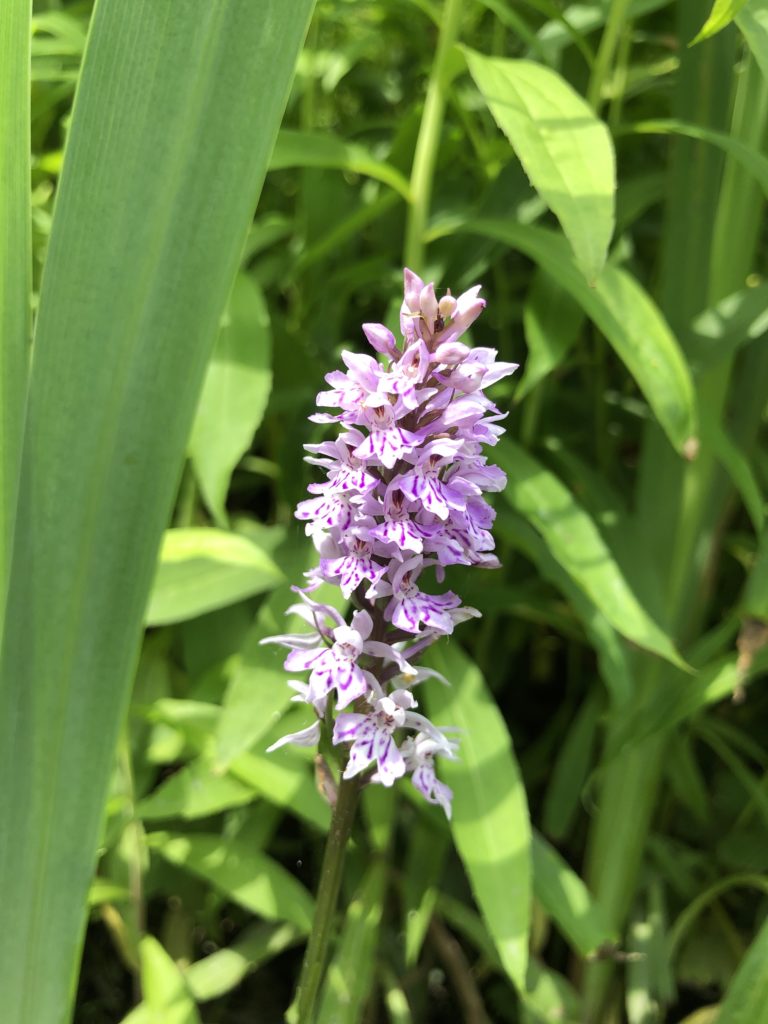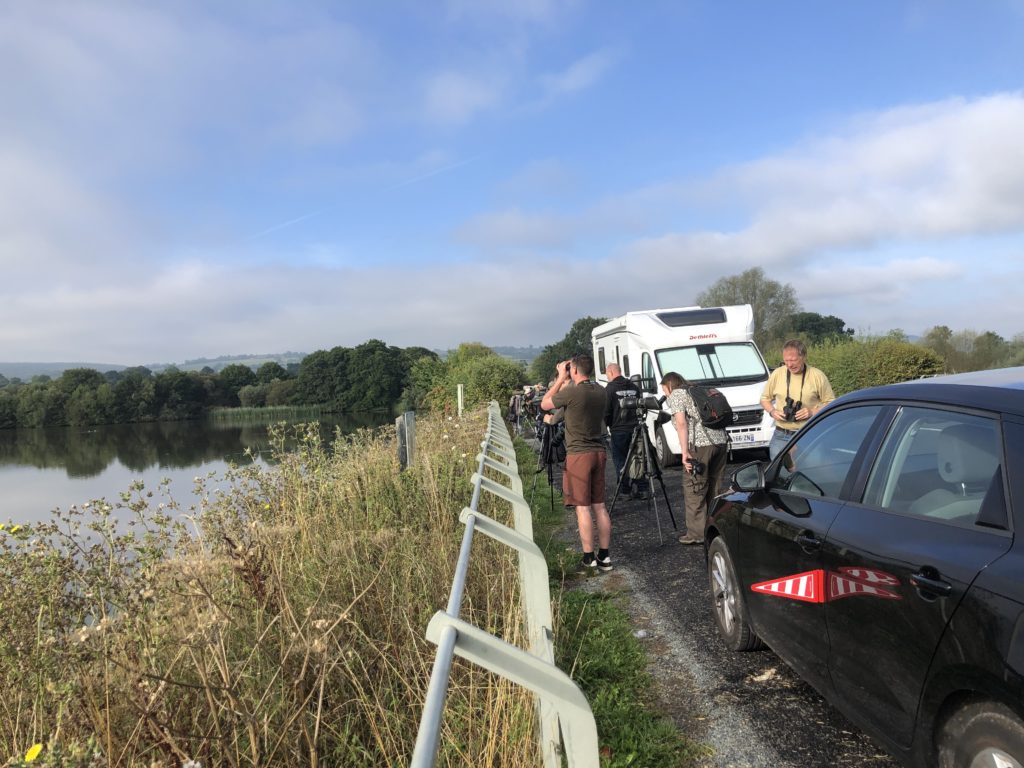This month at Brent Reservoir (Welsh Harp), Ben Watt spots rare visiting birds, and the prospect of a new flora and fauna survey brings out his inner Catweazle.

Blue-billed Teal. Photo: Derek Keats
August. The month of the blue-billed teal — a duck that ought to live in equatorial Africa. Squinting at it from the public hide on an overcast Tuesday in West Hendon, I watched it investigate a shredded car tyre and then get bullied off the mudflat by two mean-looking crows. It all felt like a very Welsh Harp introduction. What the hell was it doing at Brent Reservoir?
Welcome to the world of introduced species and escapees. Since the nineteenth century, non-native birds have been brought to Britain for sport or just ornamental exoticism. Some have then made a bid for freedom and — in spite of our inclement weather — knuckled down and established themselves in naturalised colonies. Mandarin ducks, Egyptian geese and more recently, ring-necked parakeets leap to mind. Others escape in ones and twos from private collections, and this is what seems likely with Brent’s own blue-billed teal — although no one has a clue from where it might have escaped. Intriguingly, the bird has no ring, or sign of clipping to its flight feathers. I hope it can toughen up for the mean streets of the north marsh.

Elsewhere, the early markers of autumn migration are showing. A wood sandpiper landed on the east marsh mid-month and stayed on. A first for me. Understated, beautifully mottled, elegant yellow legs, smart eye makeup. “Very much a birder’s bird,” said a veteran in the hide. And we took another deferential look.
Cool Oak also met again with Canal and River Trust (CRT), who own the water and shoreline, to discuss how to keep up the impetus of last winter’s landmark £100k restoration works. Sadly, despite being entrusted with the safekeeping of England and Wales’ canals and rivers — and more than seventy reservoirs — CRT is at pains to remind us it has a government-approved annual working budget only for the ‘essentials’. It must go cap in hand to heritage and lottery funds for the rest. In short, it has to cadge money even for the basic stewardship of Sites of Special Scientific Interest (SSSI) such as the Welsh Harp. This is the reality of environmental protection in the UK these days. The upshot is we must wait another year before we can get a sniff of any more meaningful funding. So no amphibious excavators this winter.
Instead, in October we must focus on ‘volunteer intitatives’. This means members of the public doing managable low-risk manual tasks, led by a single ‘expert’. It is another example of retirees, family groups and phD students doing unpaid work to cover for gaps in our national environmental management.
Still, needs must. So I met up with CRT’s Volunteer Leader for the South-East to familiarise him with the site. A big-hearted chap, he was lit up by the history and potential, and was soon keen to get stuck in. It’ll be a winter of duckboards, balsam bashing, tree management, flood plain litter clearance. Worthy work, without doubt, but I’m still dreaming of major habitat and wetlands restoration — something the place so clearly deserves.
As ever at Brent Reservoir, the month was also marked by local people doing what they can for a place they love. The canoe club teamed up with an animal charity to collect several dead and dying swans poisoned by the algae that has bloomed again on the surface of the water.
And the London Natural History Society has expressed interest in helping to draw up a new flora and fauna inventory starting with any luck next spring. The last one was compiled in 1994. None of the current owners — CRT, Brent Council and Barnet Council — have any idea of the current state of rare species protected under the SSSI citation, or a map of invasive species that are threatening whole areas of plant and animal life. This year many have been staggered by the height of the Himalayan balsam on the peninsula, the thickness of the giant hogweed in the north marsh, and the size of the terrapins (another introduced species) that have aggressively colonised the old nesting islands made for the great crested grebes.

Rare flora — common spotted orchid
I have to admit I am quietly excited by this project, being the one who tracked down a thirty-year old copy of the last paper survey and scanned and edited it into a new digital document when I had nothing better to do. It will form the baseline for the new work. Over 350 plants and trees made up the old list — how many are still there? The names themselves bring out the inner Catweazle in me — toads rush, procumbent pearlwort, warty cabbage.
Down in Somerset, where I spend some of my time these days, my month ended with something of a coup. I spotted a red-necked phalarope on Chew Valley Lake one morning before anyone else had arrived. The bird hasn’t been seen there for several years. By mid-morning the word was out, and a scrum of birders descended. I put it down as one of my finest achievements.

‘Congratulations!’ texted Brent Reservoir’s birding legend, Leo. ‘Can you now find one at the Harp next Saturday? There has never been one there!’
*
Ben Watt is a musician and writer, best known as one half of Everything But The Girl. His memoir ‘Romany and Tom’, about his parents, was nominated for the Samuel Johnson (Baillie Gifford) Prize. He runs Buzzin’ Fly Records, and in 2021 founded environmental pressure group Cool Oak.